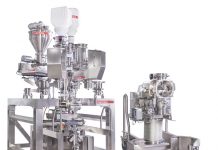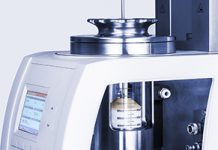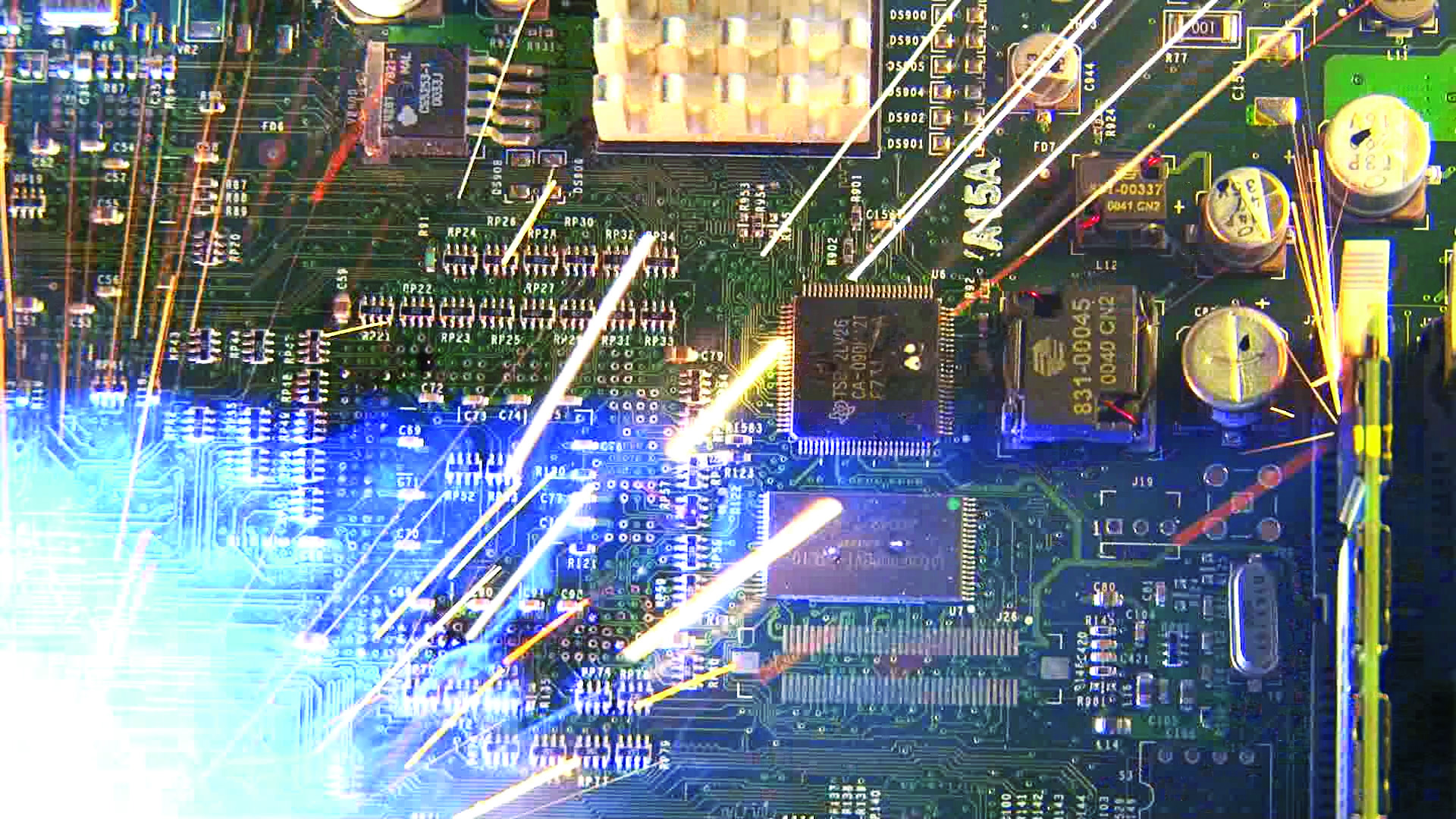A team from UCL has discovered what happens when lithium-ion batteries overheat and explode.
Understanding how Li-ion batteries fail and potentially cause a dangerous chain reaction of events is important to improve their design to make them safer to use and transport, say the scientists behind the study.
Hundreds of millions of the rechargeable batteries are manufactured and transported each year, powering mobile phones, laptops, cars and planes.
Although battery failure is rare, earlier this year, three airlines announced they will no longer carry bulk shipments of lithium-ion batteries in their cargo planes after the US Federal Aviation Administration tests found overheating batteries could cause major fires.
The study by UCL, ESRF The European Synchrotron, Imperial College London and the National Physical Laboratory showed for the first time how internal structural damage to batteries evolves.
First author, UCL PhD student Donal Finegan (UCL Chemical Engineering), said: “We needed exceptionally high speed imaging to capture ‘thermal runaway’ – where the battery overheats and can ignite. This was achieved at the ESRF beamline ID15A where 3D images can be captured in fractions of a second thanks to the very high photon flux and high speed imaging detector.”
Corresponding author Dr Paul Shearing (UCL Chemical Engineering), said: “The destruction we saw is very unlikely to happen under normal conditions as we pushed the batteries a long way to make them fail by exposing them to conditions well outside the recommended safe operating window. This was crucial for us to better understand how battery failure initiates and spreads. Hopefully from using our method, the design of safety features of batteries can be evaluated and improved.”
The team now plan to study what happens with a larger sample size of batteries and in particular, they will investigate what changes at a microscopic level cause widespread battery failure.
This study was funded by the Royal Academy of Engineering, Engineering and Physical Sciences Research Council (EPSRC) and National Physical Laboratory.








